Getting around Hong Kong
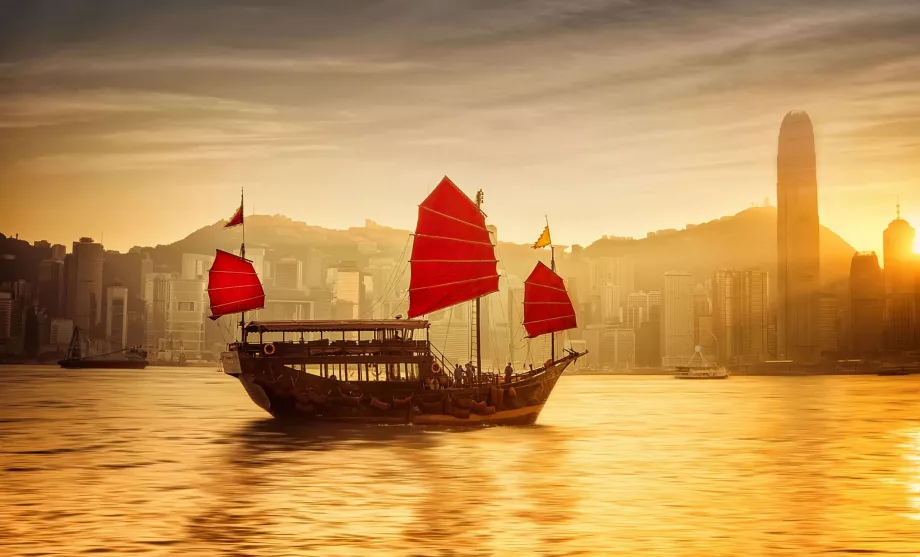
How to get around Hong Kong is the most pressing question for most tourists before visiting the city.
The city covers a large area and the various attractions are very far apart. But fortunately, Hong Kong has a very modern and quite clear transport network. There are several subway lines, hundreds of bus lines and public ferries.
Choose a hotel overlooking Hong Kong
What are the best fares? Where to buy them? And where to look for official information? Read on in this chapter.
Octopus Card - price and where to buy
If you are going to spend at least one day in Hong Kong, the "Octopus" transport card will be your must-have.
Paying fares via the Octopus Card is significantly easier and also cheaper than paying for individual tickets. In fact, it's also worthwhile for visitors who are only making a short trip from the airport to the city centre, perhaps on a long layover.
How to use the Octopus Card?
When you buy the card, you load your chosen amount of money onto it, which is gradually deducted as you take the metro, tram, bus or ferries.
On the metro, you need to attach the card to the turnstile when entering and leaving the station. On the bus, the card is only attached to the reader at the driver's side when boarding. You will not use the card on exit.
Metro fares are 5% cheaper with the Octopus Card, and fares on buses, trams and ferries are the same as if you paid in cash.
There are no daily limits in Hong Kong like in other cities, so you pay for exactly what you pass.
There is an all-day tourist ticket for 75 hkd, which in some cases can be more convenient than paying with an Octopus Card. This ticket is only valid on MTR subways (though the exception is to/from the airport) and MTR buses. It is not valid on buses of other carriers (e.g. KMB), ferries or cable cars. It is worthwhile if you make 4 or more long journeys across Hong Kong on a given day.
The Octopus Card can also be used as a regular payment card and can be used to pay for things like supermarkets, attractions and some restaurants.
If you use the mobile app, just attach your phone to the reader.
Where to buy Octopus Card?
You can buy the card at MTR counters in all metro stations and at 7-Eleven or Circle K minimarkets.
Payment is always in cash only.
A more convenient option is to use the Octopus card on the Ocotopus Tourists mobile app, currently only available through the App Store.
How much does the Octopus Card cost?
You pay a deposit to purchase the card 50 hkd. When you leave Hong Kong, you can return the card at the MTR counter at the airport and you will receive a refund 39 hkd + any unused credit.
You will always receive cash, so it may be more convenient to spend the unused credit at a 7-Eleven minimarket at the airport, for example.
If you use the mobile app, you do not pay any deposit.
How much money can I load on the Octopus Card?
Fares for the metro and most bus lines are calculated according to distance.
Longer journeys within Hong Kong Island or Kowloon cost on average between 12 hkd and 20 hkd. Shorter journeys cost between 5 hkd and 10 hkd and an express train journey to/from the airport will cost 100 hkd.
If you'll be doing a lot of ferry travel, plus 4-5 medium or short trips around Hong Kong during the day, the Octopus Card is definitely worthwhile.
If you are planning to travel long distances on the MTR subway or buses in one day, consider buying a full day tourist ticket for 75 hkd.
Where can I top up my card?
You can top up your Octopus Card as many times as you like.
You can top up your card at vending machines in subway stations or at 7-Eleven or Circle K convenience stores or Starbucks and McDonald's.
You can only ever pay cash for topping up your card.
You can also use the Octopus app to top up your card (currently only via the App Store).
Metro Hong Kong MTR
The backbone of Hong Kong's public transport system is the subway, which can transport you quickly over longer distances.
There are 9 subway lines in Hong Kong, serving all major areas.
Due to the vastness of the system and information, you can read the details in a separate chapter, Hong Kong Metro.
Trams in Hong Kong
The iconic double-decker trams, nicknamed "Ding Ding" by the locals for their constant dinging, are not only a tourist attraction but also a useful means of transport for shorter journeys within central Hong Kong.
Where to ride the double-decker trams? How much do you pay for a ticket and where do you buy it?
Where and how often do the trams run?
The double-decker trams only run in the city centre of Hong Kong Island, and you can ride them virtually the entire length of the island's north shore along Victoria Harbour.
Modern trams also run in the northeast of Hong Kong in Tuen Mun, but these have nothing to do with Hong Kong's iconic trams.
An interactive map of the network can be found on the official website: hktramways.com/interactive-map.
The trams run on several lines, but it's basically one single route, with some services terminating before the end of the line and some services going into the Happy Valley area.
The exact timetable is nowhere to be found, but there's no need to. The trams run on average once every 3-6 minutes from about 6:00 am to midnight.
The trams are not marked with the line number, just the name of the terminus.
How much does a ticket cost and how to pay?
The fare is the same for all lines, no matter how far you travel.
- 3 hkd - Adults
- 1,50 hkd - Children under 12 years old
- 1,30 hkd - Seniors over 65
You can pay your fare in several ways.
- Octopus Card
- Regular Visa or Mastercard
- QR code via Alipay or UnionPay mobile apps
- With exact cash
Cash is deposited in the cash box with the driver and there is no refund option if you pay more than the fare.
Payment is always made on exit.
Boarding and alighting
You must only ever board the tram via the rear door. Walk into the carriage or to the second floor and take a seat.
The tram stops at all stops, so there is no need to give any sign for boarding or alighting.
On the other hand, you can always exit the tram only through the front door, where you pay the fare at the driver's desk. Either by attaching your card to the reader or by dropping the exact amount of money into the cash box.
City buses
Hong Kong's bus network includes hundreds of routes from several different carriers. The distinction between the different companies during the ride is not very important. The same rules and fare payment options apply everywhere.
There is a single transport search engine , hkemobility.gov.hk, but it does not work very well. Google Maps, for example, will provide more accurate information.
Timetables and routes
If you are looking for timetables and route maps for individual routes, then you need to visit the websites of the individual carriers.
- Citybus (mobile.citybus.com.hk) - routes on Hong Kong Island (city centre) and in Tseung Kwan O, with services mainly to Kowloon, but also to Sha Tin or further afield
- Google Maps shows Citybus lines in yellow
- KMB (search.kmb.hk) - operating mainly in the Kowloon and New Territories area (Tuen Mun, Sha Tin, Sai Kung and others) with overlap to downtown Hong Kong Island or Lantau Island
- Google Maps shows KMB lines in red
- New Lantao Bus (nlb.com.hk) - lines on Lantau Island
- Google Maps shows KMB lines in white
Unfortunately, there are no maps of all buses in Hong Kong.
Ticket prices and fare system
The fare system in Hong Kong is quite confusing for tourists and even locals.
Every single line has its own fare table, and especially in the city centre, where dozens of different routes run together, you may end up paying for the same distance on one line 5 hkd and on another line 20 hkd.
At the bus stop, you will always find a diagram of that line with the fare you will pay from that stop.
This is called a section bus fare.
The lowest fares for are between 3,50 hkd and 6 hkd, the highest fares for routes across Hong Kong go up to 25 hkd and for airport routes up to 49 hkd.
How do I pay a stretch fare?
The easiest way to pay for tickets is via the Octopus Card. Just attach it to the reader when you board and you don't have to worry about a thing.
Alternatively, you can pay in cash at the driver's cash box. The driver does not have the option of giving change, so ideally pay in the exact amount. You can always see the price you have to pay on the display above the Octopus Card reader.
You can also pay with QR codes from the Chinese apps Alipay, UnionPay or WeChat. Some buses also allow payment with international Visa or Mastercard, but this option very often does not work.
Fares are always paid only on boarding, i.e. tap-on only.
Although you can read on various websites that section fares are paid by distance by attaching the Octopus Card to the reader when you get off, this information is not up to date.
You do not attach the Octopus Card, QR codes or cash to the reader when you exit.
You will always pay the amount shown in the timetable for the relevant stop. It doesn't matter whether you get off at the next stop or reach the terminus on the other side of Hong Kong.
Simply put, a segment fare can also be called a boarding fee from the relevant stop.
Fare tables are usually set up especially for longer commutes, so there are also situations where you may pay multiples of the price for a very short ride on a long bus line as you would for an equally long ride on a short bus line.
Let's take an illustrative example of a journey from the Sheung Wan area in central Hong Kong to the Central Docks, which is about a 10-minute journey.
- Line 1 - you pay 4,40 hkd for the entire route. This is a short route running only within the centre with no section fare.
- Line 113 - pay 11,40 hkd, as this is a longer route running as far as Kowloon, mainly for longer journeys.
Sign stops
Unlike trams, all bus stops are on signal.
To board, you must always wave at the bus in question. You must press the red stop button well before getting off (ideally at the moment the name of the next stop appears on the electronic board).
Minibuses
In addition to buses, hundreds of small beige and green minibuses ply the streets of Hong Kong.
You won't find a list of routes or timetables anywhere on the internet. However, the routes and times of the minibuses do appear in the hkemobility.gov.hk link search engine or on Google Maps.
The fare system is the same as for buses. After boarding, you attach the Octopus Card to the reader or pay cash into the cash box the amount that lights up on the display. When you get off the bus, you do not attach the card again.
Ferries within Hong Kong
The city is spread over several islands and peninsulas, and boats are therefore an integral part of the public transport system.
Ferries in Hong Kong are operated by many different companies with varying fares. There is no single boat search engine, so we have created a simple map of all public ferries within the city.
The best hotels overlooking Victoria Harbour
We describe details of interstate ferries to Macau and mainland China in a separate Ferry section.
Hong Kong Shipping Map
As there are no official maps of all public ferries, we have created our complete map of all ferry routes within Hong Kong.
Star Ferry
Tourists most often use the Star Ferry service, which pendulates between central Hong Kong and the Tsim Sha Tsui Promenade in Kowloon.
You can enjoy a panoramic cruise across the Victoria Harbour Channel with views of the skyscrapers. Historic boats run along the route, but fares are very low and the ferry also serves as a common means of transport for locals.
Star Ferry sails from Tsim Sha Tsui on two routes.
- Central Piers (Pier 7)
- Wan Chai
Fares on both routes are identical and cost the same and are different on weekdays and weekends, and also vary depending on whether you travel on the upper or lower deck.
| Weekdays | Weekends | |
|---|---|---|
| Upper Deck | 5 hkd | 6,50 hkd |
| Lower Deck | 4 hkd | 5,60 hkd |
Boats sail every 6 to 15 minutes from 6:30am to about 11:30pm and detailed information can be found on the website: starferry.com.hk.
The cruise takes approximately 10 minutes.
Before boarding, you still have to choose at the dock whether to go through the corridor to the upper or lower deck.
- The upper deck has bench seating right up to the windows, so there are fewer seats with a view.
- The lower deck has no windows and there are seats right at the edge of the deck, so you have a better chance of nice views here.
Ferries from the Central dock
The largest shipping hub is called "Central Piers" and is located right in the middle of Hong Kong.
Apart from the famous "Star Ferry" described above, there are many other routes to take.
Ferry journey times are between 25 and 35 minutes.
- Lamma Island - the service is operated by HKKF and runs on two routes. Ferries to both destinations depart from Pier 4.
- Yung Shue Wan (northern part of the island)
- Frequency - 40 minutes
- Weekday price - 22,10 hkd
- Price on weekends and public holidays - 30,80 hkd
- Sok Kwu Wan (central part of the island)
- Frequency - 80 to 150 minutes
- Weekday price - 27,50 hkd
- Price on weekends and holidays - 38,70 hkd
- Timetable: hkkf.com.hk
- Yung Shue Wan (northern part of the island)
- Hung Hom (Kowloon) - transport is provided by Fortune Ferry. Boats depart from Pier 8.
- Frequency - 40 minutes
- Price - 10,70 hkd
- Timetable - fortuneferry.com.hk
- Discovery Bay - Transportation is provided by Discovery Bay Transport. Ships depart from Pier 3.
- Frequency - 20 to 30 minutes
- Price - 46 hkd
- Schedule: dbcommunity.hk
- Park Island - Transportation is provided by Park Island Transport. Boats depart from Pier 2.
- Frequency - 20 to 30 minutes
- Price - 36 hkd
- Schedule: pitcl.com.hk
- Mui Wo - transport is provided by Sun Ferry. Boats depart from Pier 6.
- Frequency - 30 to 40 minutes
- Price - 17,20 hkd (slow boat), 34,10 hkd (fast boat)
- Timetable: sunferry.com.hk
- Cheung Chau Island - transportation is provided by Sun Ferry. Boats depart from Pier 5.
- Frequency - 45 minutes
- Price - 14,80 hkd (slow boat), 29,20 hkd (fast boat)
- Timetable: sunferry.com.hk
- Peng Chau Island - transport is provided by Sun Ferry. Boats depart from Pier 6.
- Frequency - 45 minutes
- Price on weekdays - 19,80 hkd
- Price on weekends and holidays - 28,40 hkd
- Timetable: hkkf.com.hk
More ferries in Victoria Harbour
There are several other ferry routes in Central Hong Kong outside of the main Central Harbour.
- North Point <-> Hung Hom - the route is served by the Sun Ferry
- Frequency - 30 minutes
- Price - 10 hkd
- Timetable: sunferry.com.hk
- North Point <-> Kowloon City
- Frequency - 30 minutes
- Price - 10 hkd
- Timetable: sunferry.com.hk
- North Point <-> Kwun Tong <-> Kai Tak - CKS Fortune Ferry operates on the route
- Frequency - 30 minutes
- Price - 10 hkd
- The Kwun Tong - Kai Tak section operates on weekends and holidays only
- Timetable: fortuneferry.com.hk
- Sai Wan Ho <-> Kwun Tong - the route is operated by Coral Sea Ferry
- Frequency - 30 minutes
- Price - 9 hkd
- Timetable: coralseaferryservice.com.hk
- Sai Wan Ho <-> Sam Ka Tsuen - Coral Sea Ferry sails the route
- Frequency - 30 minutes
- Price - 9 hkd
- Timetable: coralseaferryservice.com.hk
Other routes from Hong Kong Island
Minor connections also run from the south and east coasts of Hong Kong Island to other islands.
- Aberdeen <-> Lamma Island (Yung Shue Wan)
- Frequency - 40 to 90 minutes
- Price - 19 hkd
- Timetable: traway.com.hk
- Aberdeen <-> Lamma Island (Sok Kwu Wan + Mo Tat)
- Frequency - 40 to 90 minutes
- Weekday price - 12,50 hkd
- Price on weekends and public holidays - 18,70 hkd
- Timetable: ferry.com.hk
- Sai Wan Ho <-> Tung Lung Chau
- Frequency - 45 minutes (sails weekends and holidays only)
- Price - 55 hkd
- Timetable: td.gov.hk/en
- Stanley <-> Po Toi Island
- Frequency - 2 daily on Saturdays, 4 daily on Sundays and holidays
- Price - 25 hkd
- Timetable: td.gov.hk/en
Routes around Lantau Island
Also take advantage of the ferries on Lantau Island and the smaller islands in its vicinity.
- Tai o - Sha Lo Wan - Tung Chung - Tuen Mun (fortuneferry.com.hk)
- Peng Chau - Mui Wo - Cheung Chau (sunferry.com.hk)
- Peng Chau - Discovery Bay (traway.com.hk)
Routes around Sai Kung
A large number of boat connections also ply the rugged area of northeast Hong Kong.
Most ferries operate only on weekends and public holidays.
- Sai Kung - Kai Sai Village - High Island (traway.com.hk)
- Ma Liu Shui - Wong Shek with many stops (traway.com.hk)
- Ma Liu Shui - Tung Ping Chau (traway.com.hk)
Boats run daily in a remote rural area near the border with China.
- Sha Tau Kok - La Chi Wo - Kat O (td.gov.hk/en)
Taxi, Uber and other apps
You might be surprised at the sheer number of taxis present on the streets throughout Hong Kong.
You'll find taxis not only in the city centre, but also in the most remote rural areas of Lantau and Sai Kung.
The 10 most luxurious hotels in Hong Kong
It's easy to find a taxi at any time of the day or night.
You can stop your car with a simple wave anywhere on the street.
What are taxi prices in Hong Kong?
There are three different types of taxis operating in Hong Kong with slightly different prices.
"Waiting" is defined as standing in a queue or at a traffic light, for example.
Red taxis (Uran Taxi)
These cars operate in central Hong Kong and Kowloon.
| Starting rate | 27 hkd |
| Every 200 metres / 1 minute of waiting | 1,90 hkd |
| Every 200 metres / 1 minute wait After reaching HK$93.50 |
1,30 hkd |
Green Taxis (New Territories)
You'll encounter green cars everywhere in the New Territories, which include all areas from Kowloon to the Chinese border (such as Sha Tin and Tuen Mun).
| Starting rate | 23,50 hkd |
| Every 200 metres / 1 minute wait | 1,70 hkd |
| Every 200 metres / 1 minute wait after reaching HK$74.50 |
1,30 hkd |
Blue taxis
Blue taxis run on Lantau Island and around the airport.
| Starting rate | 22 hkd |
| Every 200 metres / 1 minute wait | 1,70 hkd |
| Every 200 metres / 1 minute wait After reaching HK$175 |
1,50 hkd |
However, you need to add numerous surcharges and fees to the basic taxi rates.
- 1 piece of luggage - 6 hkd
- Charge for passing through the tunnels under Victoria Harbour - 25 hkd
- Aberdeen Tunnel Fee - 5 hkd
- Taite's Cairn Tunnel Fee - 20 hkd
- Tai Lam Tunnel Fee - 55 hkd
- Lion Rock Tunnel Toll - 8 hkd
How can I pay for a taxi?
Most taxis only accept cash, and only a minority allow you to pay by Octopus Card or apps such as Alipay.
Are taxis safe in Hong Kong?
Yes. Fraud or other unfair behaviour by taxi drivers is extremely rare in Hong Kong.
They always drive by meter, so you don't have to haggle over the price at all.
Do mobile taxi apps work in Hong Kong?
International apps like Lyft, Grab, Bolt, Careem and Uber are officially illegal.
Of the well-known apps, Uber works here, but you can only hail a regular taxi. However, this method is convenient if you want to pay with the card stored in your Uber account.
The only officially legal taxi app is HKTaxi, but it only works with a Hong Kong phone number.
Central–Mid-Levels escalator
The original means of transport can be used when travelling from central Hong Kong to the so-called "Mid-Levels", the area high above the centre towards Victoria Peak.
With a length of over 800 metres, the system of several covered escalators is the longest of its kind in the world and will make walking up the steep hill much easier.
Over its length, the escalators cover an elevation gain of 135 metres.
Travelling on the escalator is free of charge.
- The escalator goes downhill - 6:00 to 10:00
- Escalator going uphill - 10:00 to 0:00
Any questions left?
If you have any questions or comments about the article...

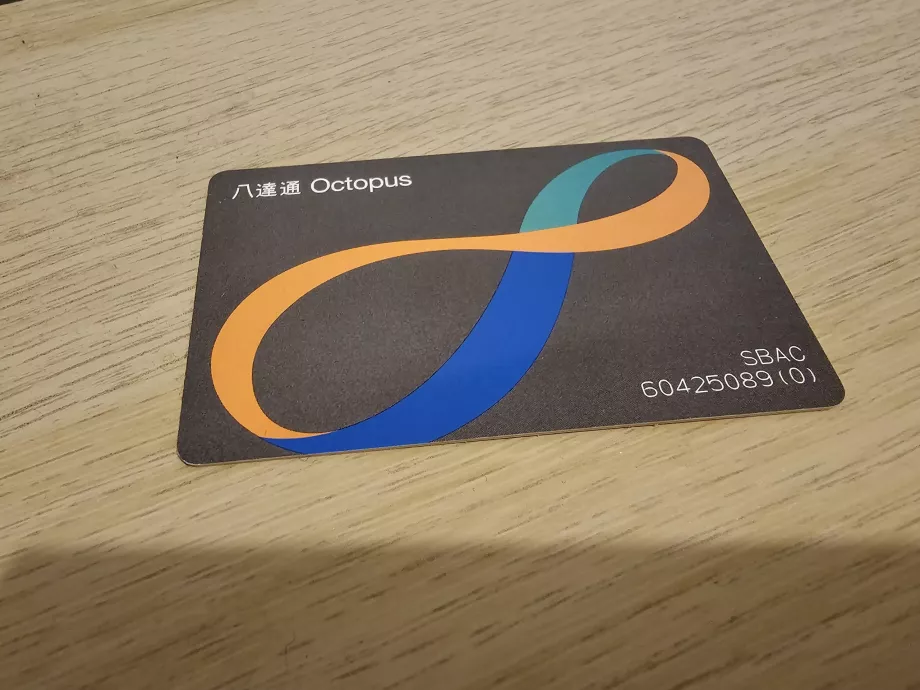
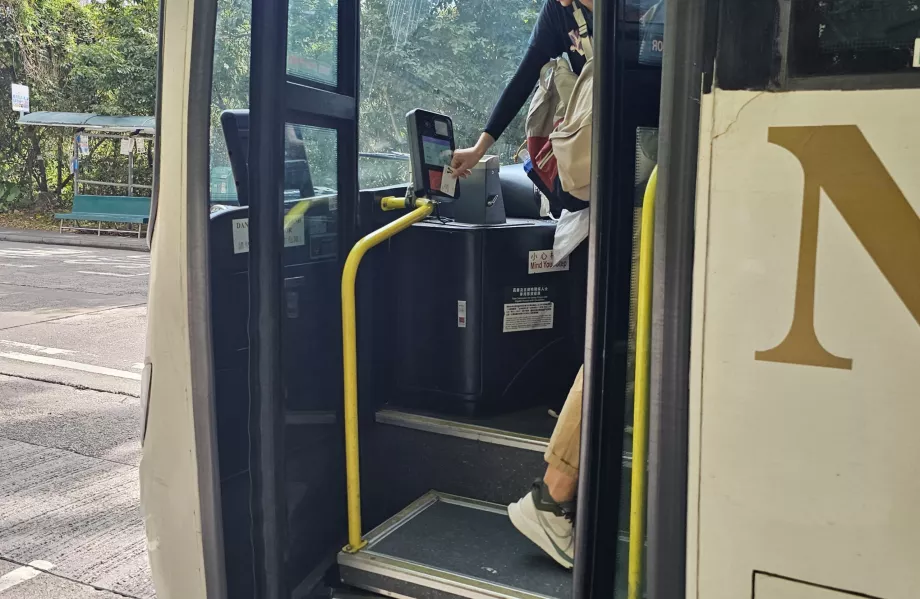
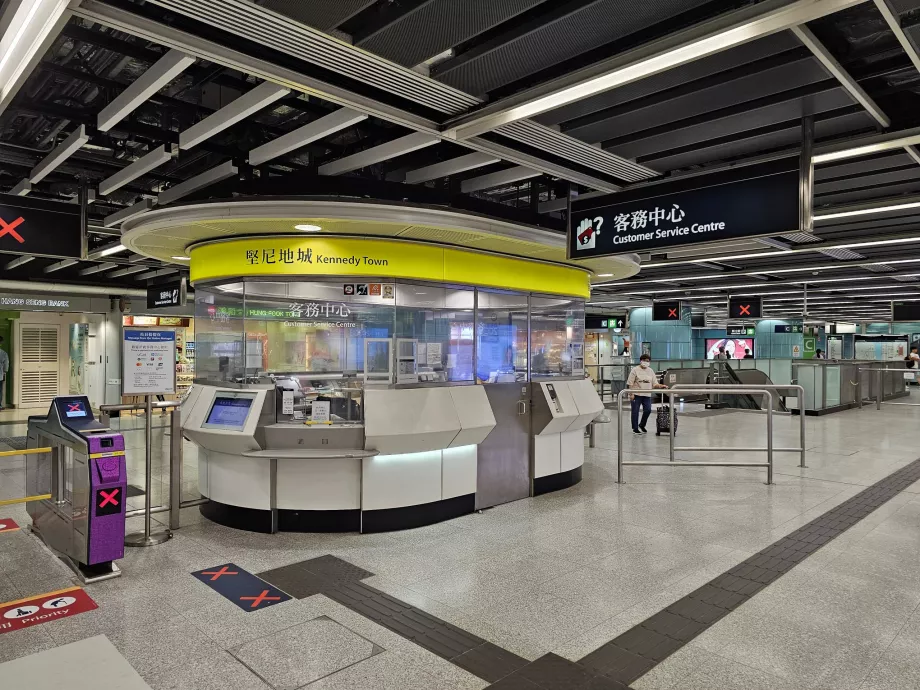
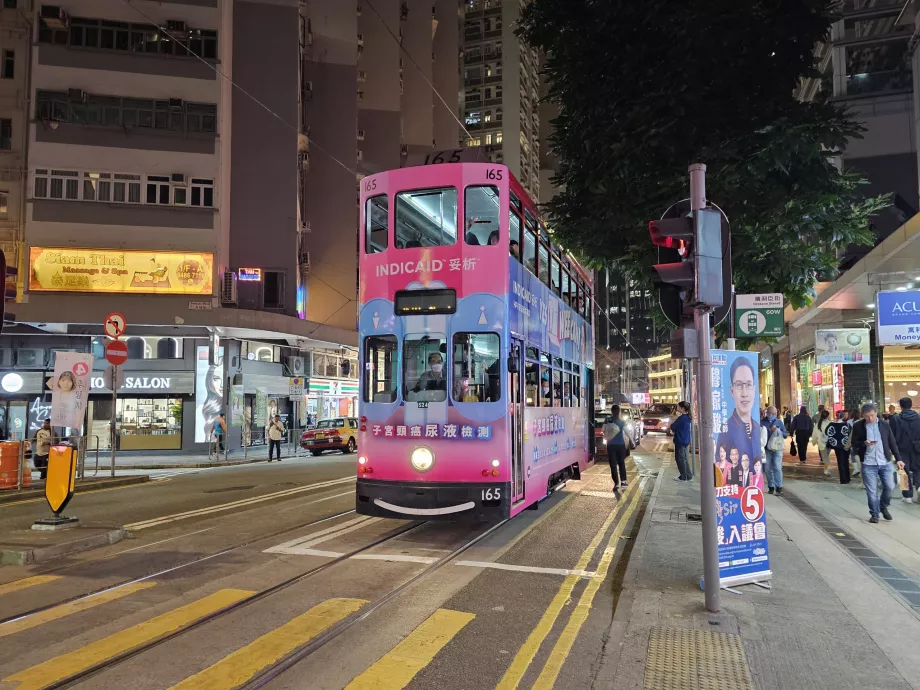
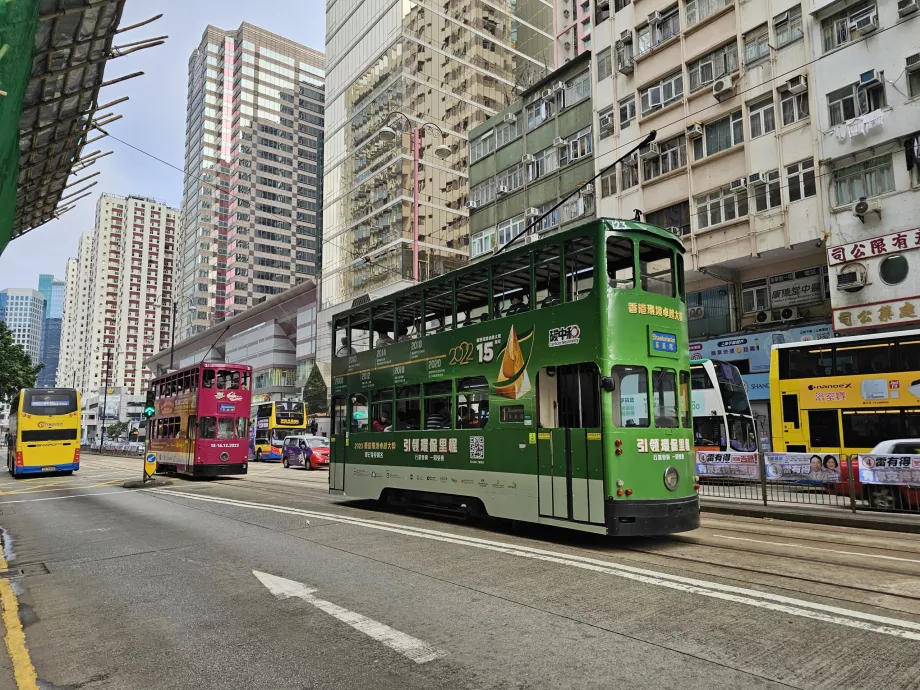
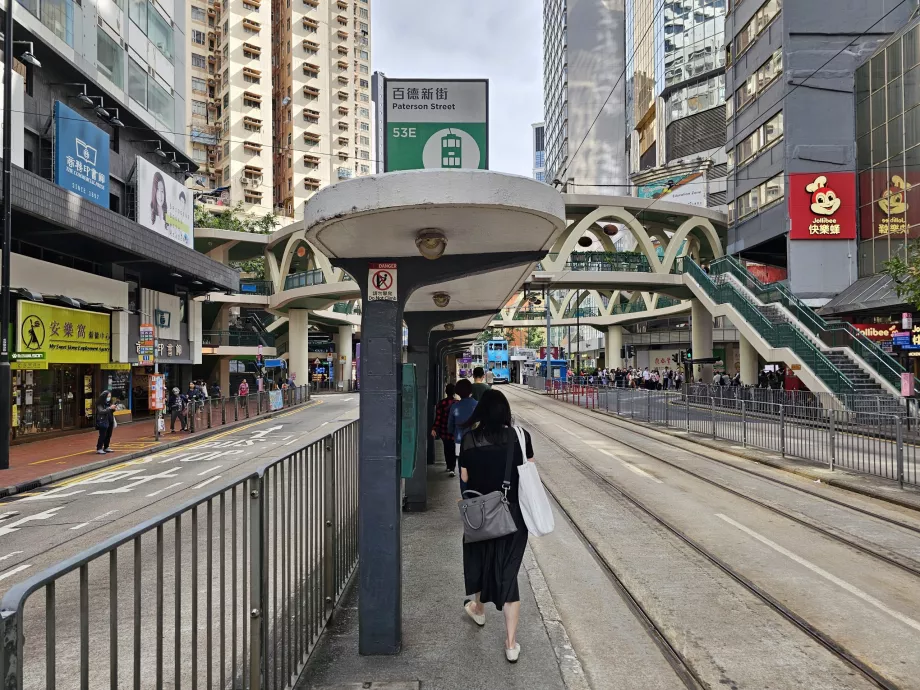
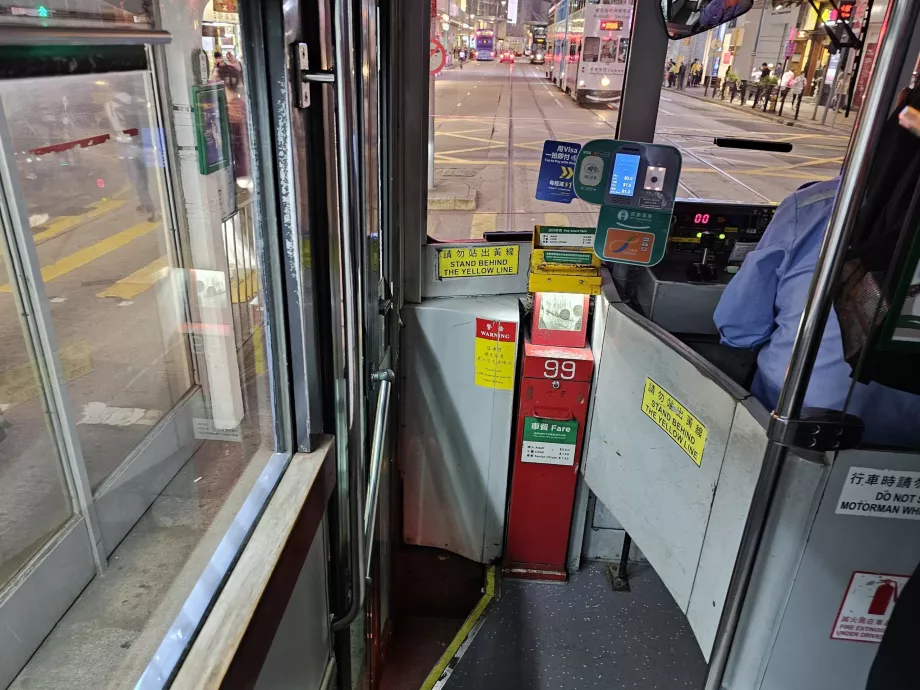
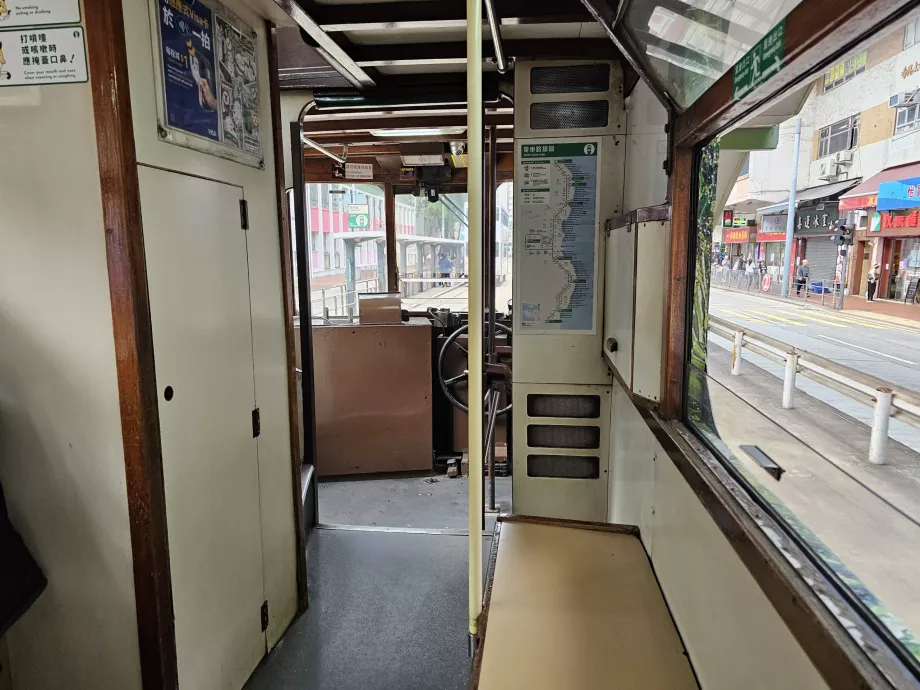
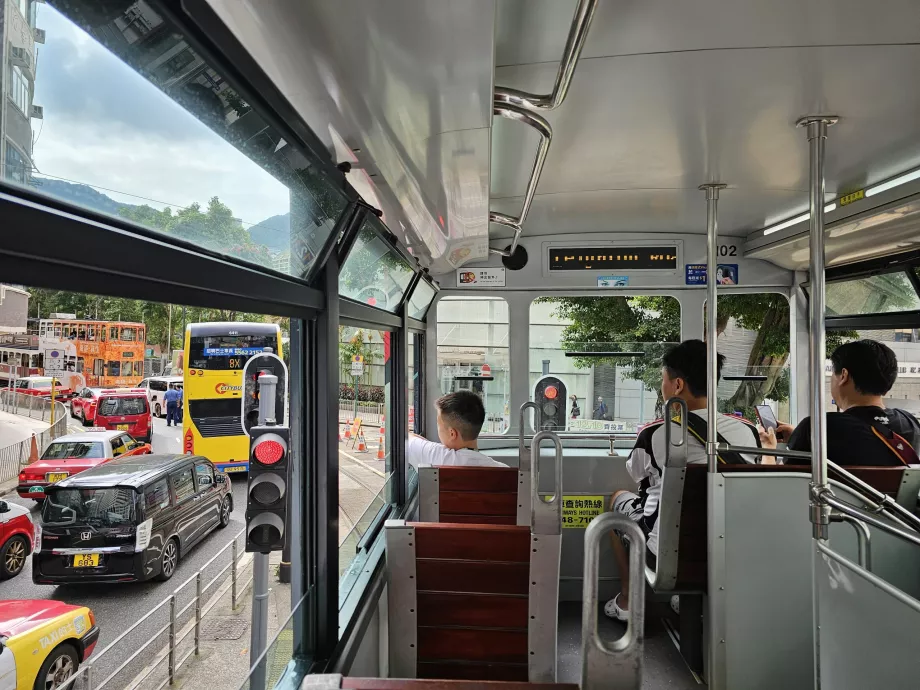
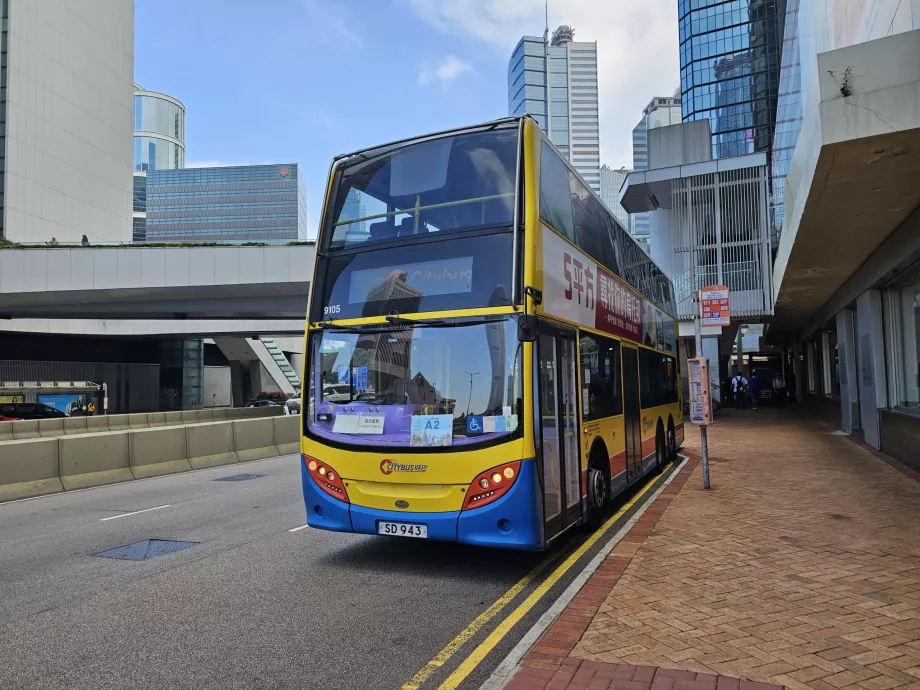
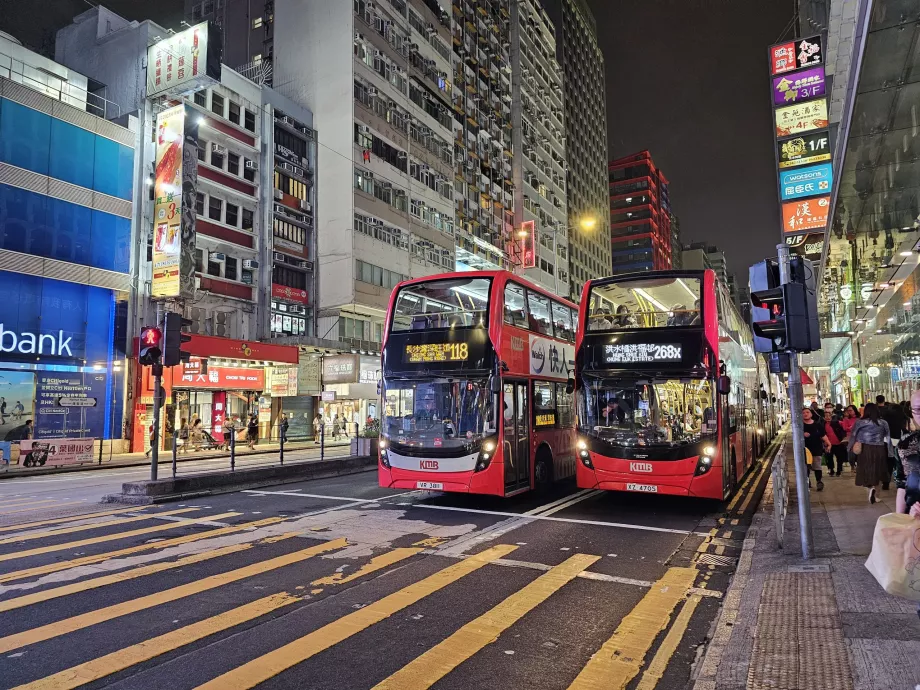
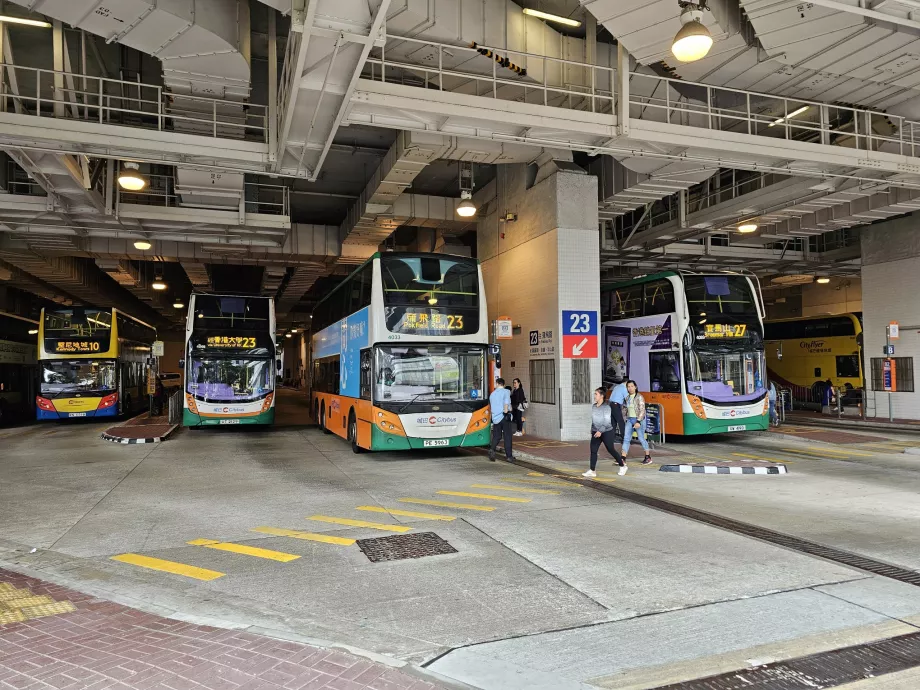
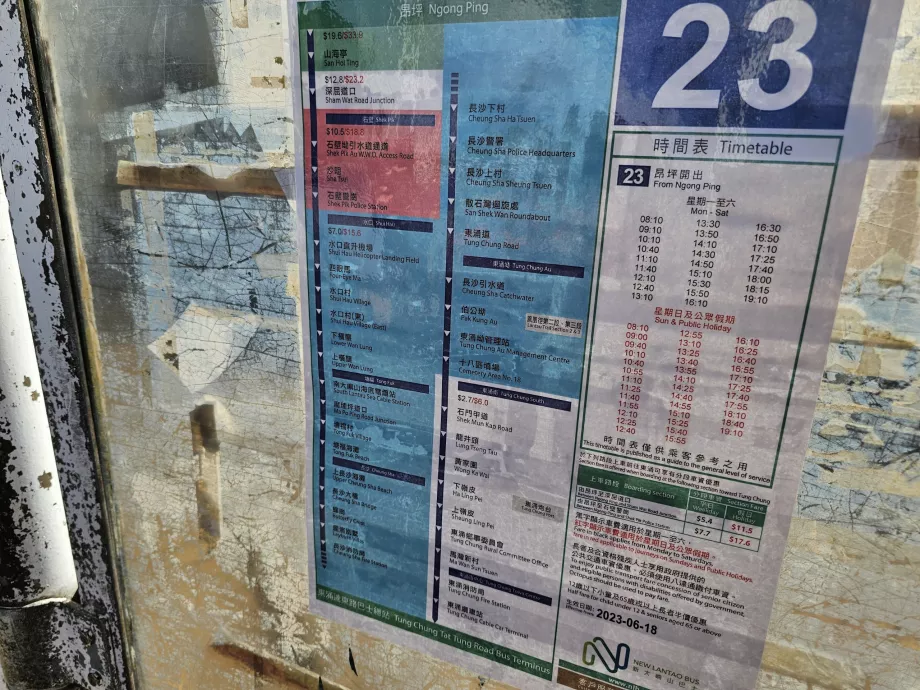
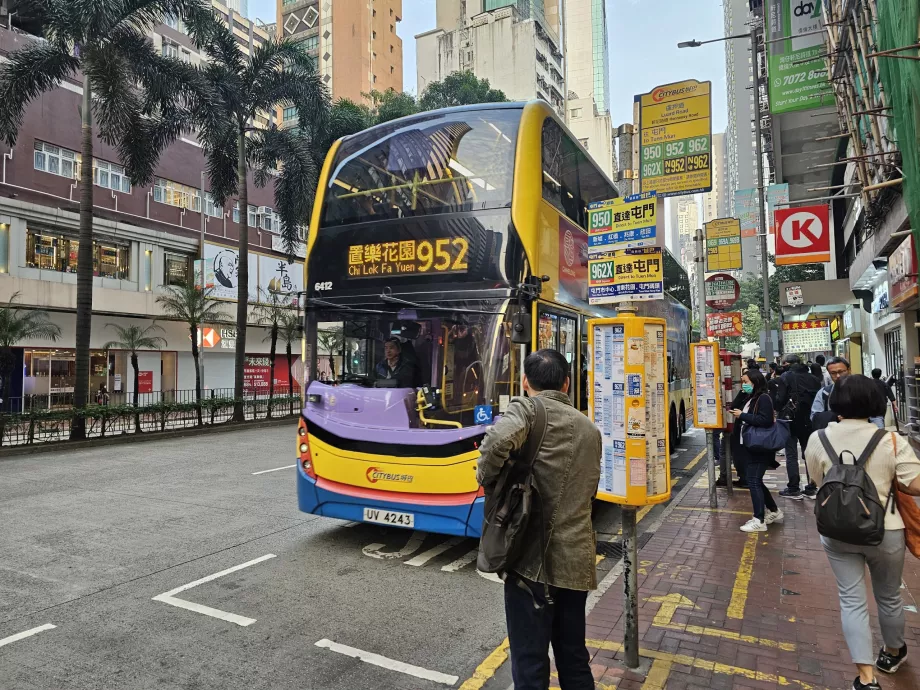
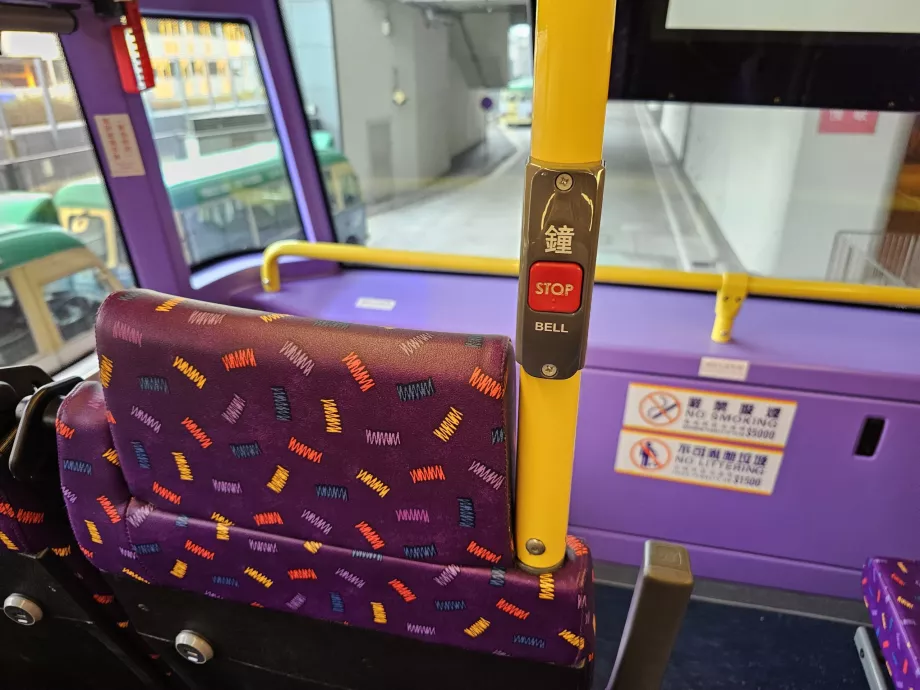
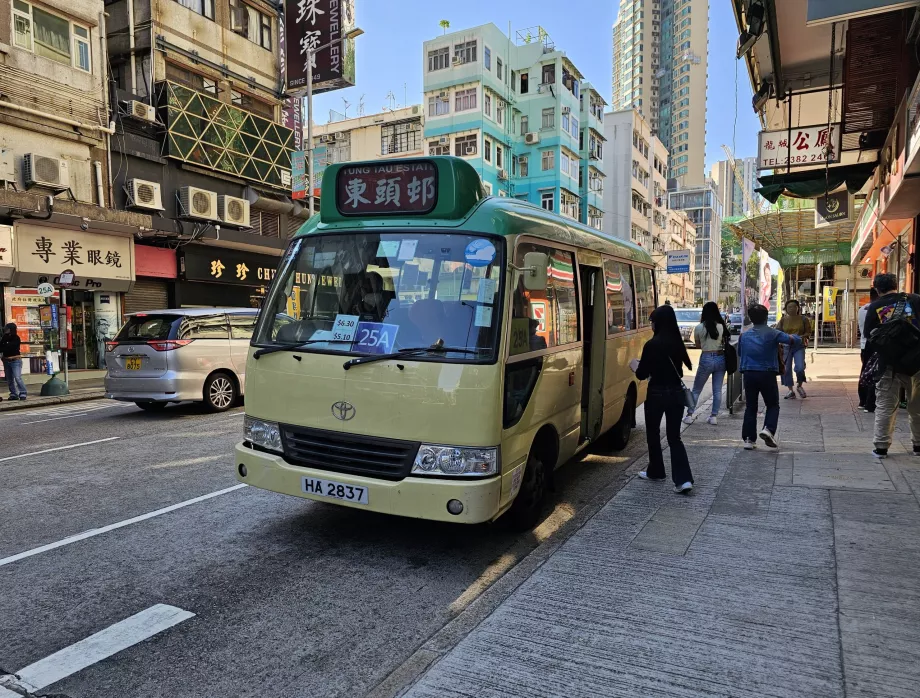
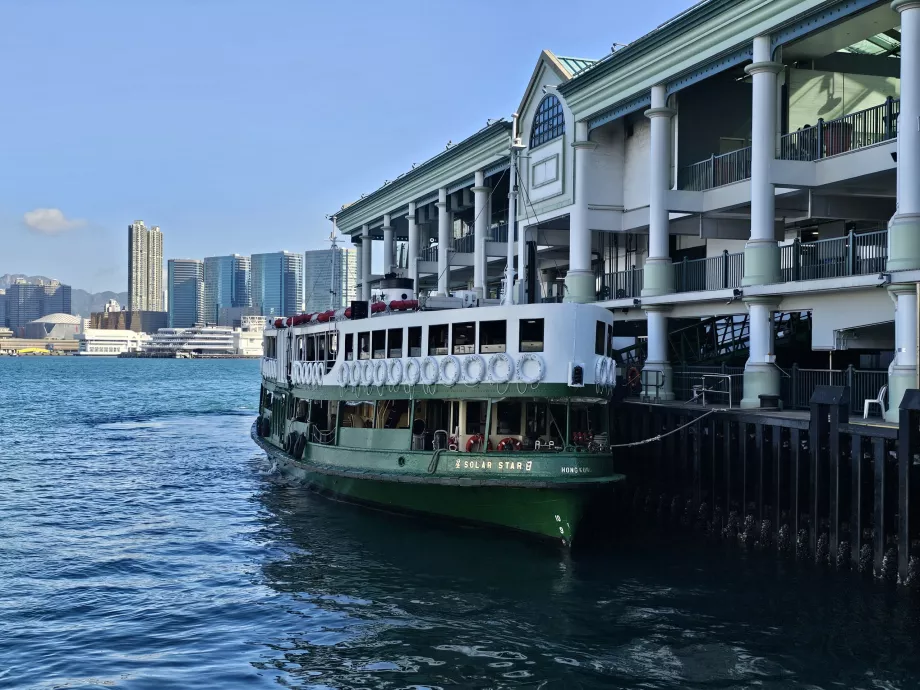
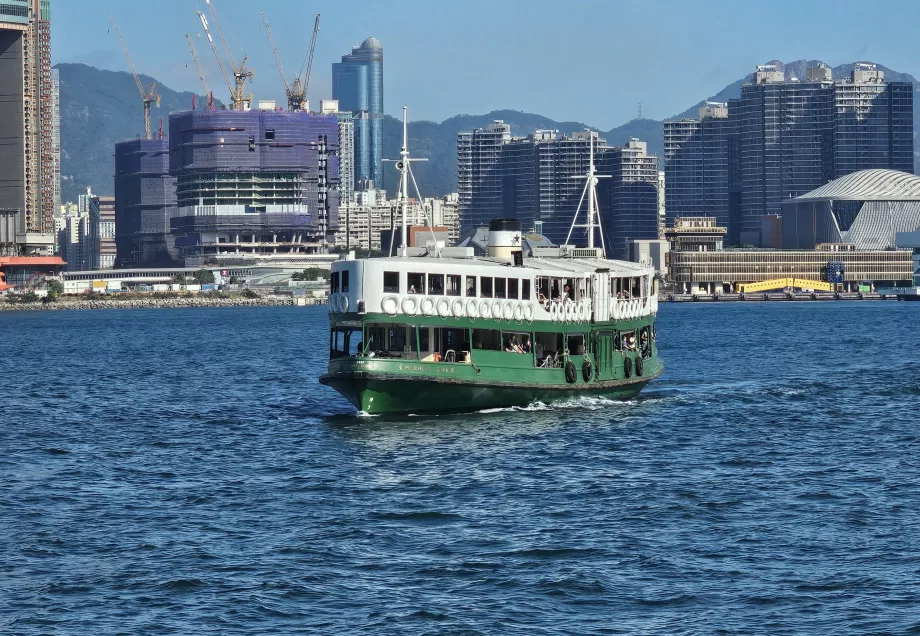

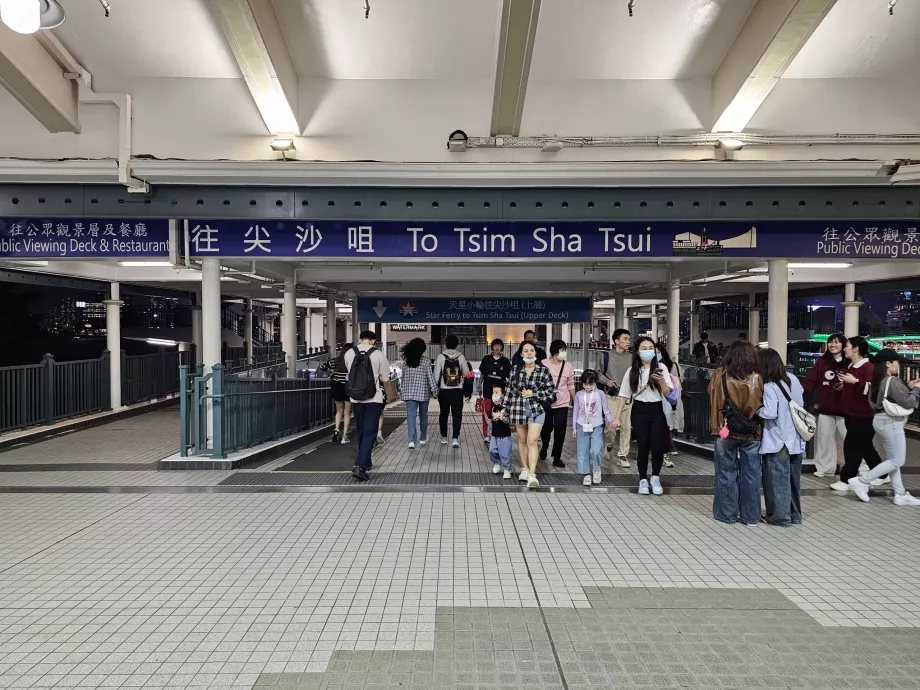

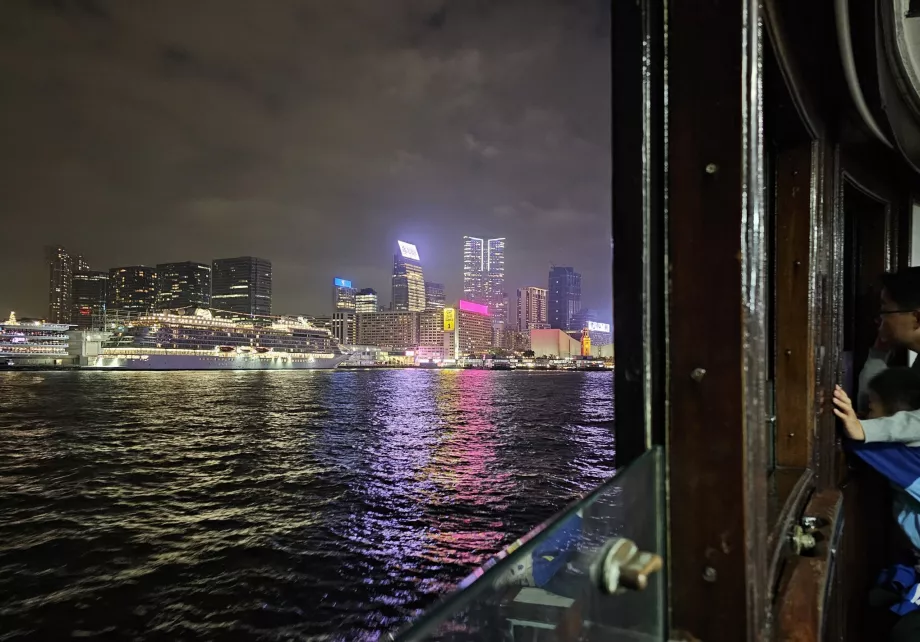
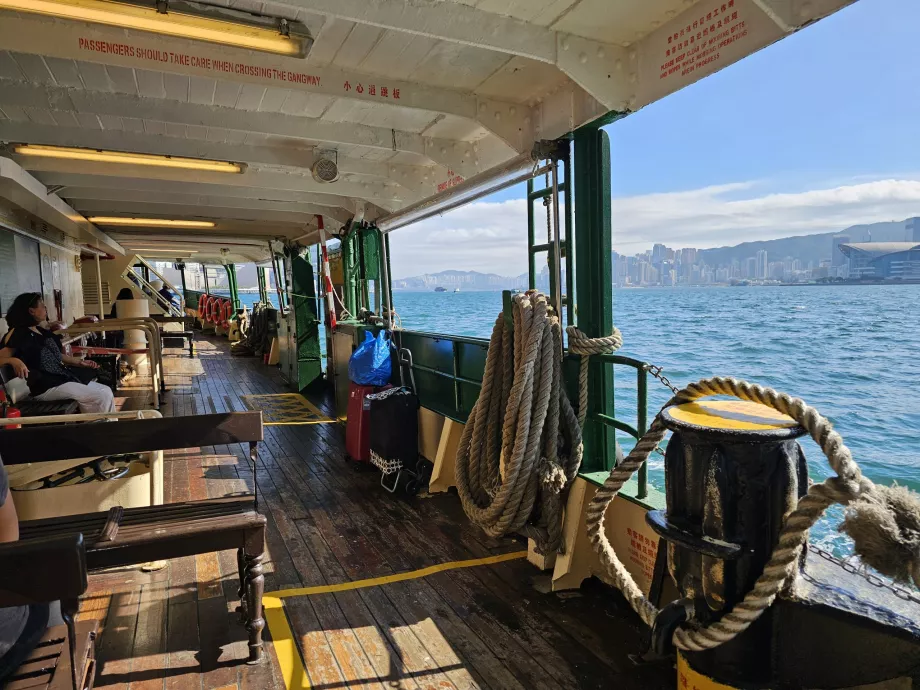

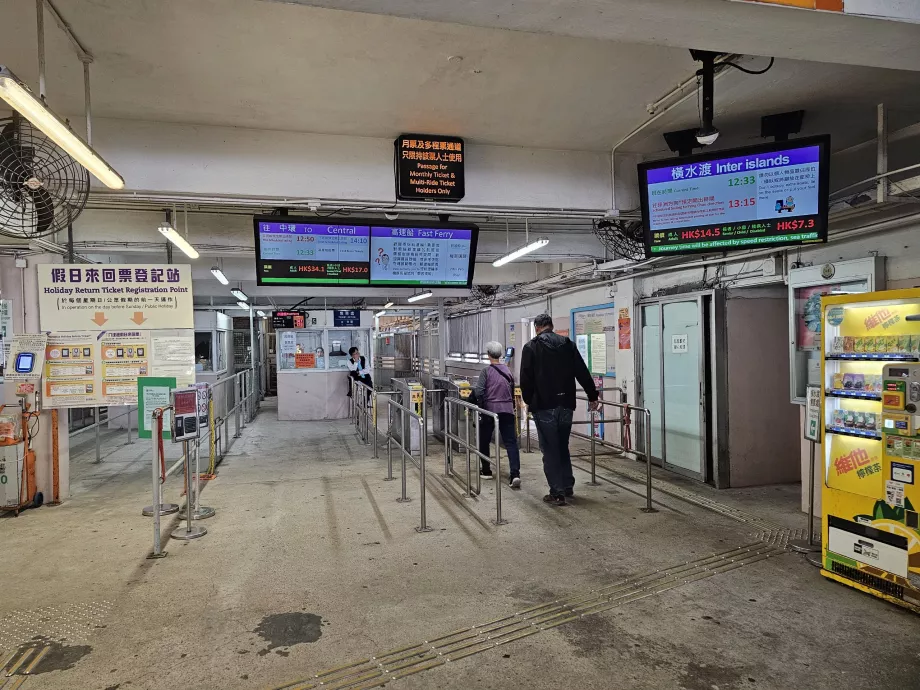
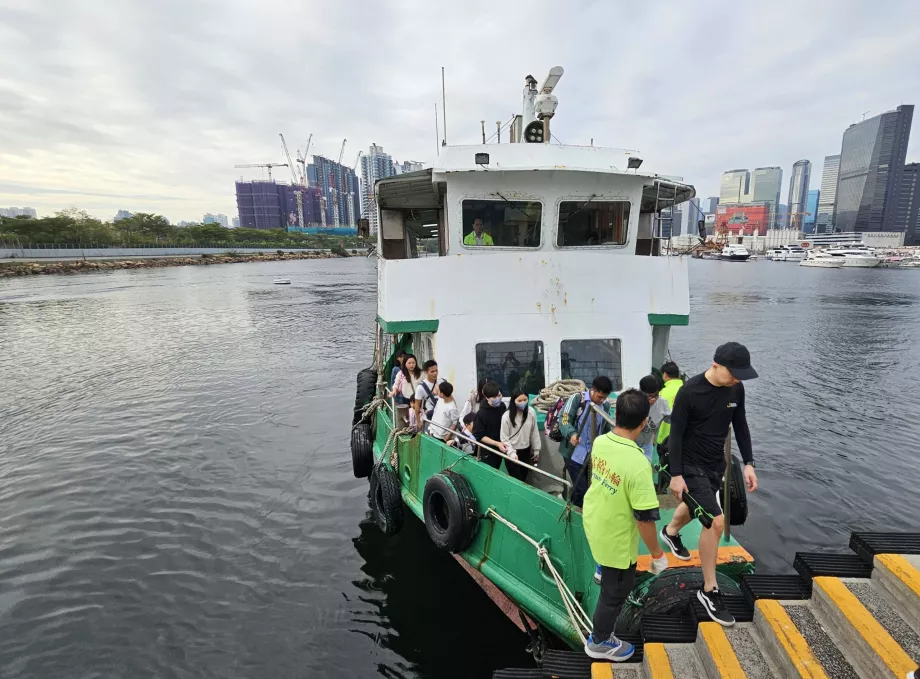
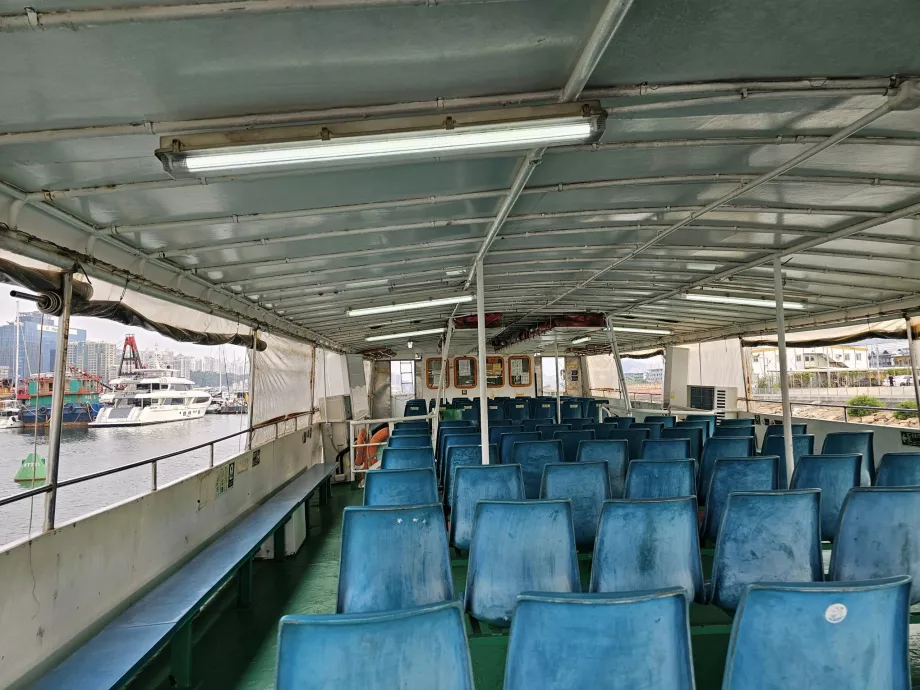
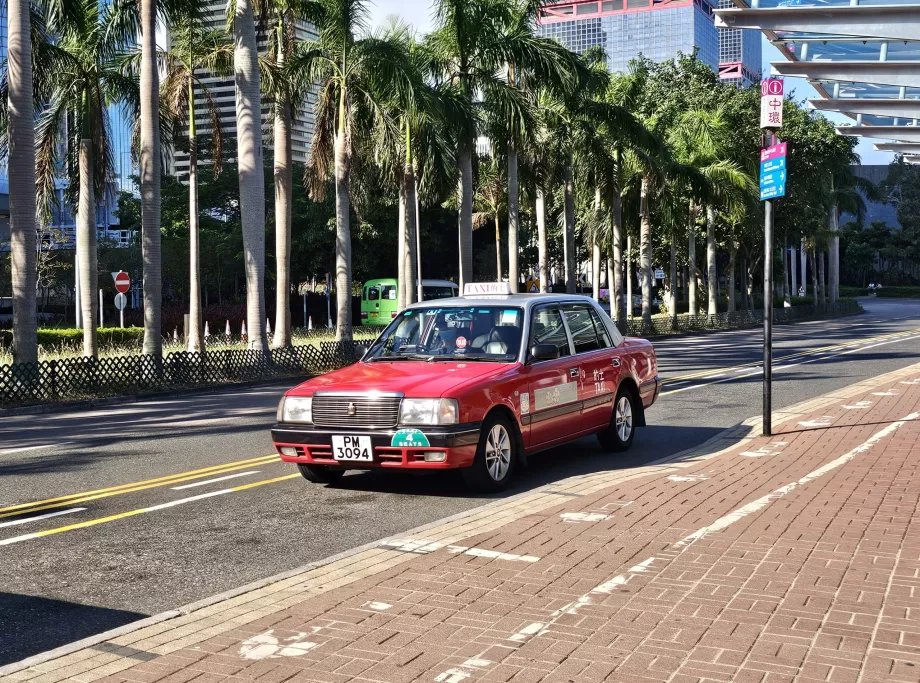
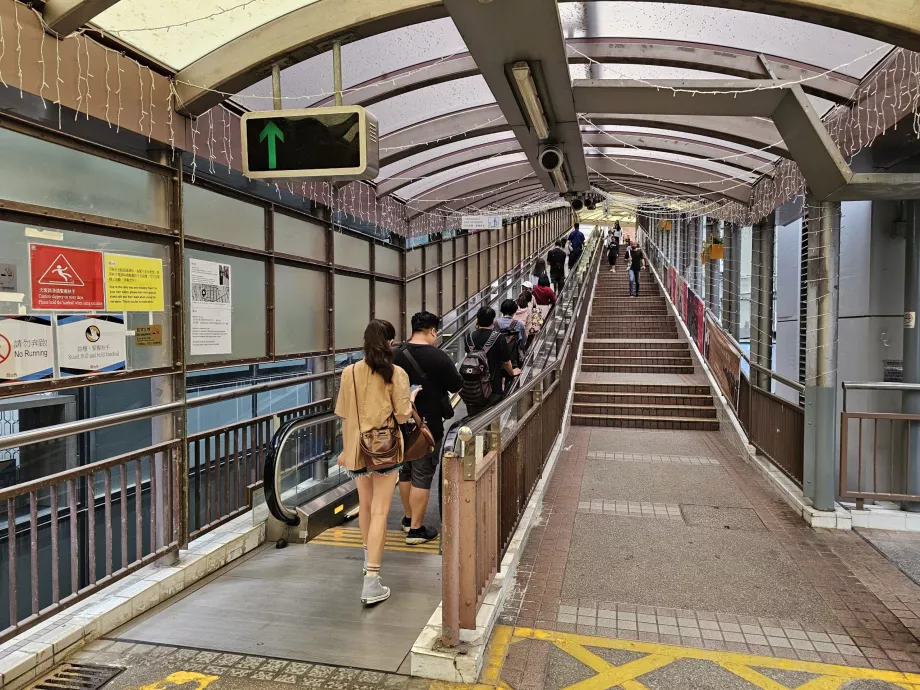

Hey. Hey. The Octopus card can now be used easily from your mobile phone using Apple Pay via your wallet. You install it via the Octopus Tourists app. It's easy to use, including recharging.